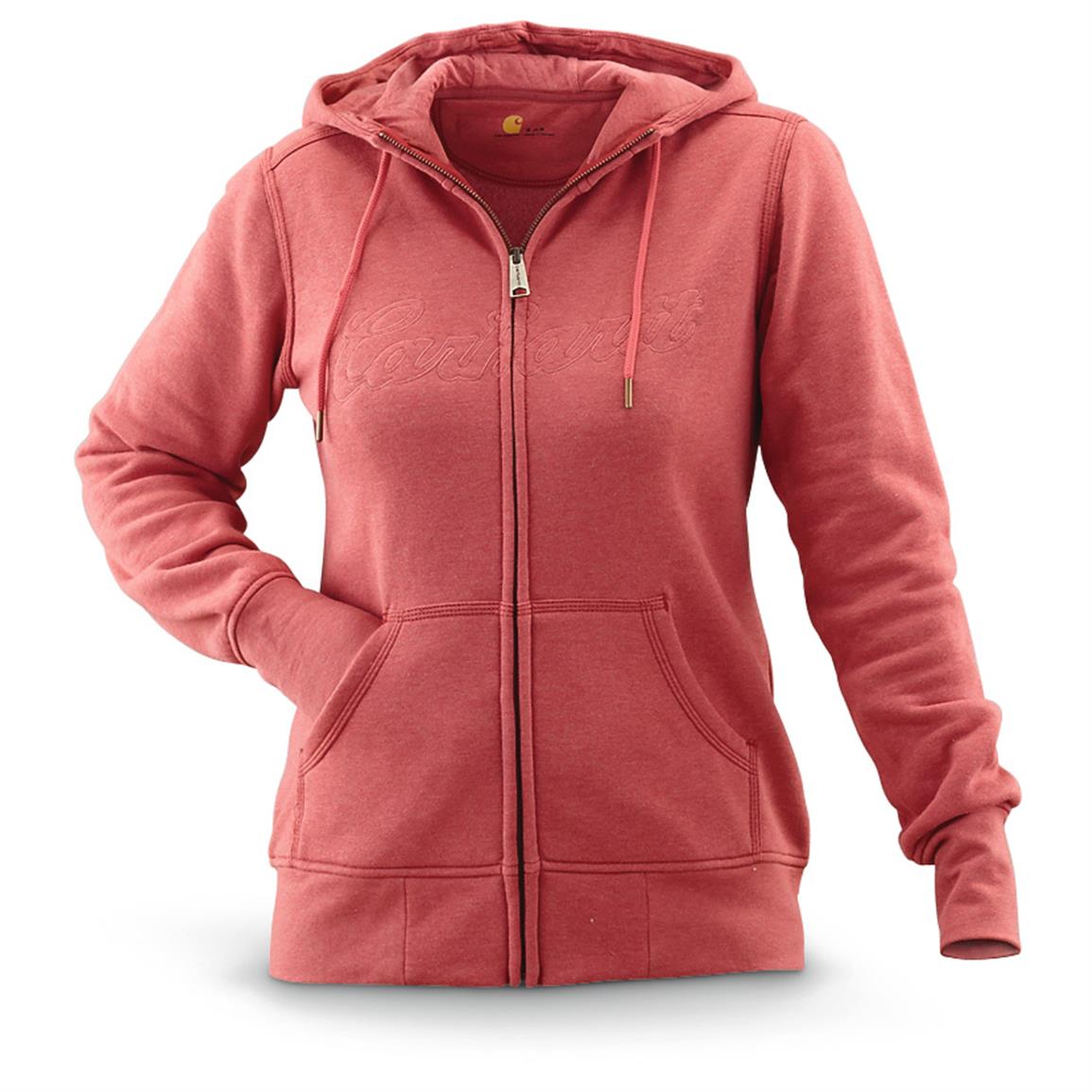Sweatshirts are long-sleeved pullover garments constructed from thick cotton fabric. They are generally used as casual clothes and are not as dressy as sweaters or cardigans. They may not have the hood. If you're interested in purchasing a sweatshirt, here are some tips:
The appeal of Norma Kamali was spread by the use of sweatshirts

Since the late '70s in the late '70s, Norma Kamali has been transforming the simple sweatshirt into a work of art. Her designs are now an essential part of all women's wardrobes. Her distinctive designs range from a tummy-tucking crew neck to leather-paneled sweatshirts. Her clothing is also designed with unusual designs, like tanks with a long trumpet skirt.
A collaboration between the designer and the manufacturer of sweatshirts Everlast led to her Timeless collection, which was an instant hit when it appeared in the spring catalog of Spiegel. The collection featured knits that were convertible and interchangeable in classic shapes, and many items were priced below $20. Even even if The Norma Kamali Timeless collection wasn't available in stores, fans were able to find the items through eBay or Poshmark.
Merino wool sweatshirts are more comfortable than soft sweatshirts
Merino wool is renowned for its moisture-wicking properties which help to keep you comfortable and dry. Merino wool is an organic fiber that also has a smoother feel. The fabric also dries quickly when compared with other natural substances. Furthermore, merino is a sustainable resource. The merino sheep shed their coats every year and regrow new ones.
The weight-to-heat ratio of merino wool is what makes it a popular choice for sweatshirts. It assists in regulating body temperature due to its loft that naturally retains heat between the fibers. This is the reason Merino wool sweatshirts work perfect for summer as well as outdoor activities like mountain biking and running. The warmth it provides helps keep the wearer comfortable and dry. sweat shirts is crucial when exercising.
sweat shirts -front hoodies come with kangaroo pockets.
Kangaroo pocket Hoodies are a very popular type of hoodie. These hoodies have a large pocket in the front, that will keep your hands warm on chilly days. They're also more practical than traditional pockets because they permit your hands to slide into and out easily.
The pockets of Kangaroos are typically big enough to fit the wallet, or other smaller personal items. They're typically big enough to hold a small hand or even wide enough to fit two hands. They feature wide openings on either side and can be used to carry small objects.
French Terry fabric is a popular fabric for sweatshirts
The French Terry fabric is constructed of soft yarns made into loops, and are usually midweight. It is also known as a fabric that wicks moisture and is pre-shrunk. French Terry is an excellent choice for sweatshirts since it will keep you warm when you require it and keeps your cool when you want to cool off.
French terry is also popular for loungewearbecause it has enough stretch and flexibility to feel comfortable when you touch your body. It also allows air to circulate around the fabric, making it ideal for layering under other clothes. Furthermore, since it's lighter than most sweatshirts that you can wear throughout the year without feeling either cold or hot.
Hoodies have classist connotations
While it may seem that hoodies are just an appropriate clothing item for working class people, the reality is that they are a symbol of class. The hooded garment was first popular in the early 1970s in New York, where graffiti artists wore them to hide their identities. In 1976, hoodies made their major film debut in "Rocky," when the protagonist of the film was a working class man in grey sweats with hoods during his famous climb up the steps of the Philadelphia Museum of Art.
Hoodies are often associated with destruction, death and other negative items, yet they also serve practical purposes. For instance, priests and monks may wear hoods to show the proper manner of dress and to focus on their inner self.
